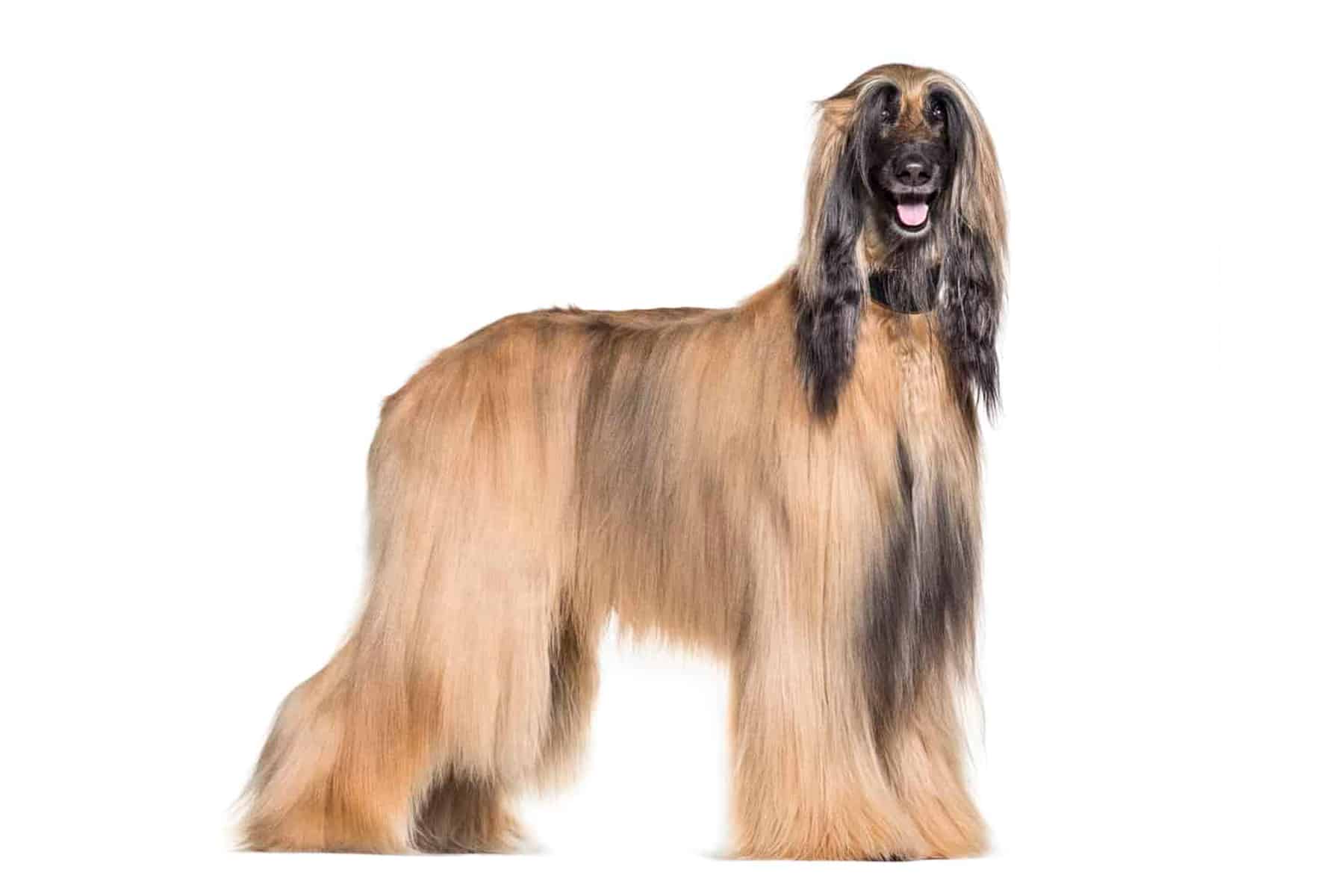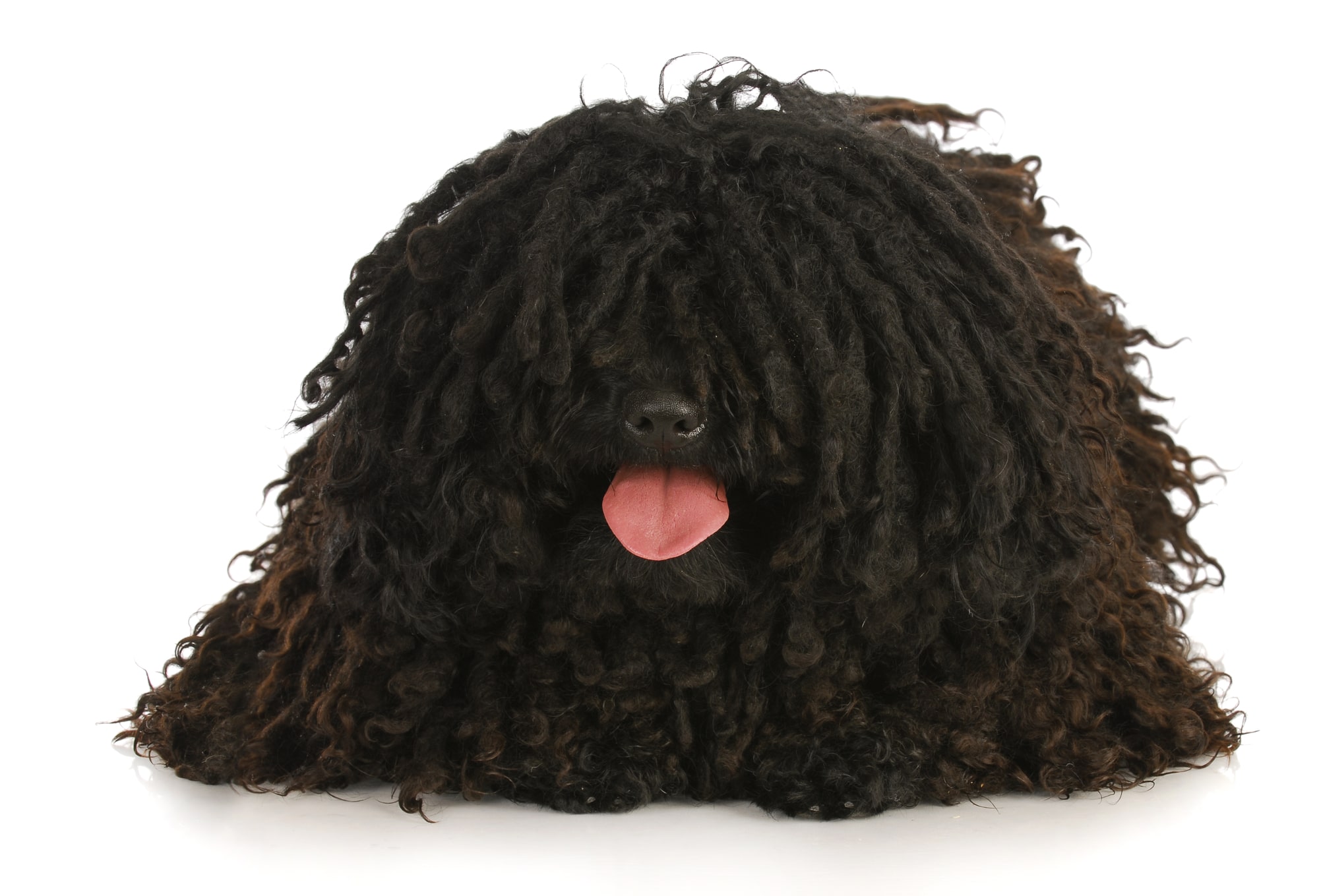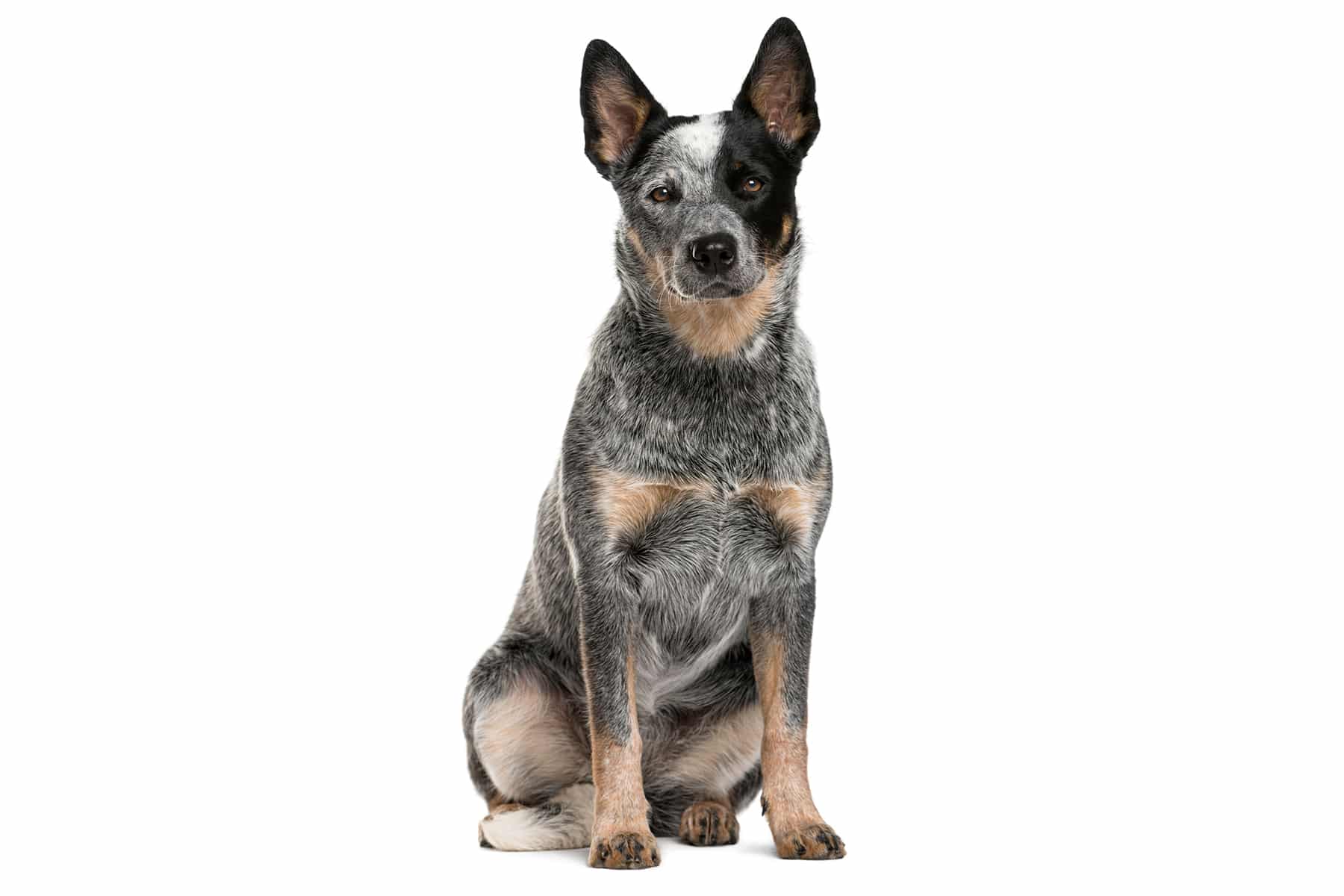Austrian Pinscher



Temperament:
Are you looking for a robust and original companion? Is overbreeding a red rag to you and would you like to be able to choose between many colors and patterns? Are you looking for a dog that loves you and is completely focused on you? A dog with a strong hunting instinct wouldn't be for you? Then start looking for an Austrian Pinscher breeder.
Characteristics
The Austrian Pinscher is a medium-sized dog with a shoulder height of up to 50 cm. Most representatives are short-haired, but long-haired representatives are also possible, although rare.
The Austrian Pinscher has a stocky build. They are available in the following colors: semmel yellow, pale yellow, yellow-brown, deer red, wild colors, black and brown with brown and white markings. There is something for every taste. Efforts were made to exclude long-haired representatives and those with tan markings from breeding. However, due to the small gene pool, this plan was not successful.
The Austrian Pinscher is a cheerful and lively dog that is very affectionate towards its owner. It is well suited as an only dog. It is usually indifferent to conspecifics, but hostile behavior is not uncommon. The Austrian Pinscher gets along well with other pets. Provided it learns to accept other pets during the training phase.
Although this breed does not have a pronounced hunting instinct, rodents are usually taboo for them. They are hunted mercilessly and can even be killed. Rodents such as the dwarf rabbit should therefore not be kept in the same household.
Living together with children works well if the dog is treated with respect. The Austrian Pinscher can be very headstrong and stubborn. It needs consistent but loving leadership in order to develop a balanced nature.
He likes to bark persistently. Especially when strangers invade his territory. It is the owner's job to prevent undesirable behavior during the early training phase. A dog's social behavior develops best when it attends a puppy school during the imprinting phase. Here, the four-legged friend learns not only how to interact with other dogs of the same species, but also that other two-legged friends in its environment are "ok".
The Austrian Pinscher is healthy. Not least because the breed has hardly been changed through breeding. In the past, people needed a robust dog that could guard the house and yard in all weathers. Nobody wanted a constantly ailing farmyard dog. The Pinscher has retained this robustness. There are no known typical breed diseases and the breed is usually immune to eye and ear infections or bad teeth.
Coat care:
Shedding:
Energy level:
Trainability:
Children suitable:
The right food
When choosing food, make sure that it contains high-quality ingredients, is balanced and meets your dog's requirements. Age, size or weight, activity and health status play an important role. You should follow the manufacturer's recommendations for the amount of food.
Treats should only be fed in moderation and deducted from the basic diet to avoid obesity.
Puppies can be fed 4-6 times a day. The number of meals should be gradually reduced to 2 per day until the dog is fully grown. A rest period should be observed after meals.
Fresh drinking water should be available at all times.
Health & Care
Little effort, great effect - the Austrian Pinscher is extremely easy to care for. Apart from the coat change period, brushing once a week is enough to maintain the structure of the coat.
The rough coat does not need a bath or grooming products. Excessive grooming will only damage your four-legged friend's skin.
Of course, you should check your dog for ticks after your daily walk and, if necessary, treat it preventively against the annoying bloodsuckers. It's best to seek advice from your vet.
Suitable accessories
A house and garden are the ideal conditions for keeping an Austrian Pinscher. He wants to guard a property and is also in his element on a farm. Rats and mice in the stable and feed room are a thing of the past. Soon there will be no more moles in the garden. But the lawn will soon be littered with holes. The Austrian Pinscher takes its job very seriously.
Long walks and exuberant play provide balance. Here you can use simple things like balls or dummies.
A simple brush is sufficient for your short-haired friend. For long-haired dogs, a coarse comb helps to remove small tangles. You should buy a well-padded harness and a lead from a specialist shop. It's best to take your friend with you. You can try on the harnesses almost anywhere and your dog will learn a bit of social behavior right away.
Other accessories that you will need for your dog's basic equipment are a dog basket or dog mat as a place to retreat, water and food bowl, tick tweezers, claw clippers, dog toothbrush and cream, a transport box for transportation in the car and a first aid kit. It's best to ask your vet what should be in the first aid kit.

Origin & History
The history of the Pinscher in Europe begins 4000 years ago. Skeletal remains from this period show a striking resemblance to today's Pinschers.
The ancestors of the Austrian Pinscher are the old Austrian Landpinscher. These were kept as frugal house and farm dogs in the 19th century. They guarded the farmyard, helped herd the cattle and kept the stables free of rodents.
It was not until 1921 that pure breeding of the Austrian Shorthaired Pinscher began. The breed was officially recognized in 1928. Nevertheless, the breed remained very rare. By the 1970s, the population had declined to such an extent that only 'Diokles von Angern' remained as the only breeding male. The Austrian Pinscher was on the verge of extinction.
Emil Hauck discovered the breed on his travels through Austria and decided to preserve the population of these hardy four-legged friends. The breed was preserved through targeted crossbreeding with Land Pinschers. In 2000, the name was changed to Austrian Pinscher.
The breed is still very rare. Only around 500 registered specimens live throughout Europe.





